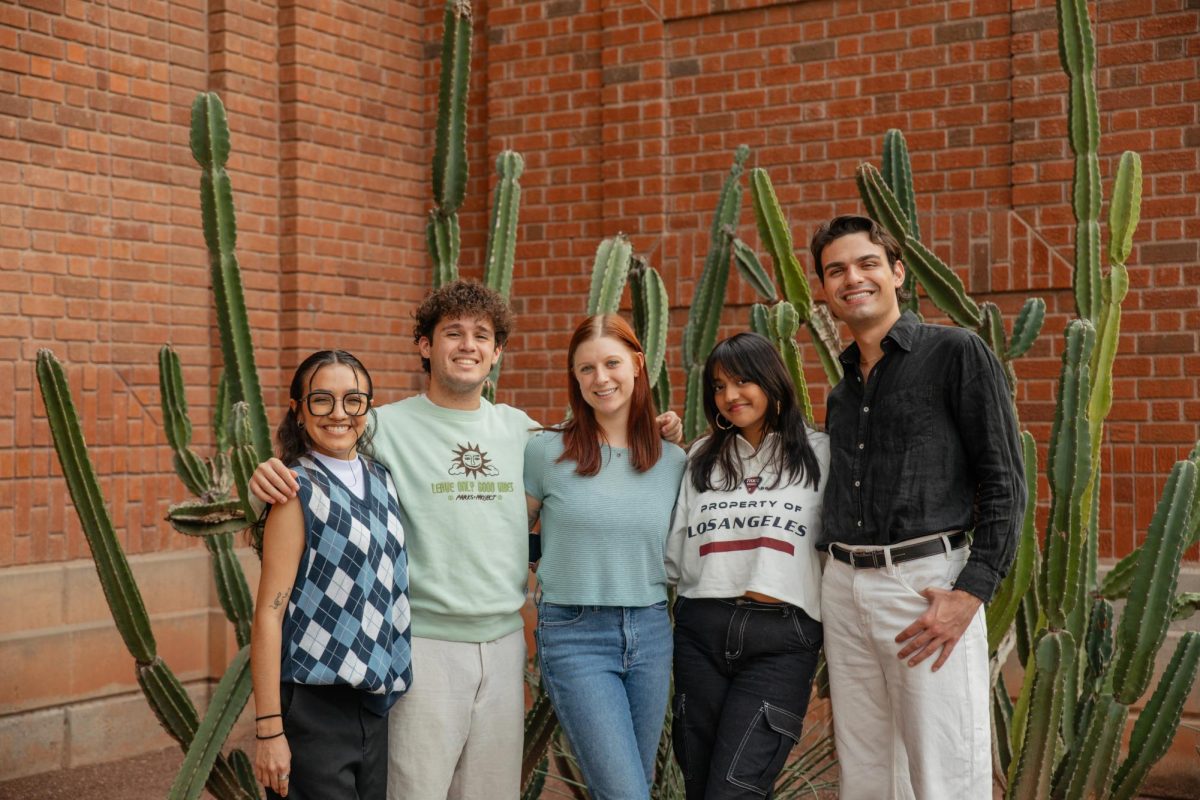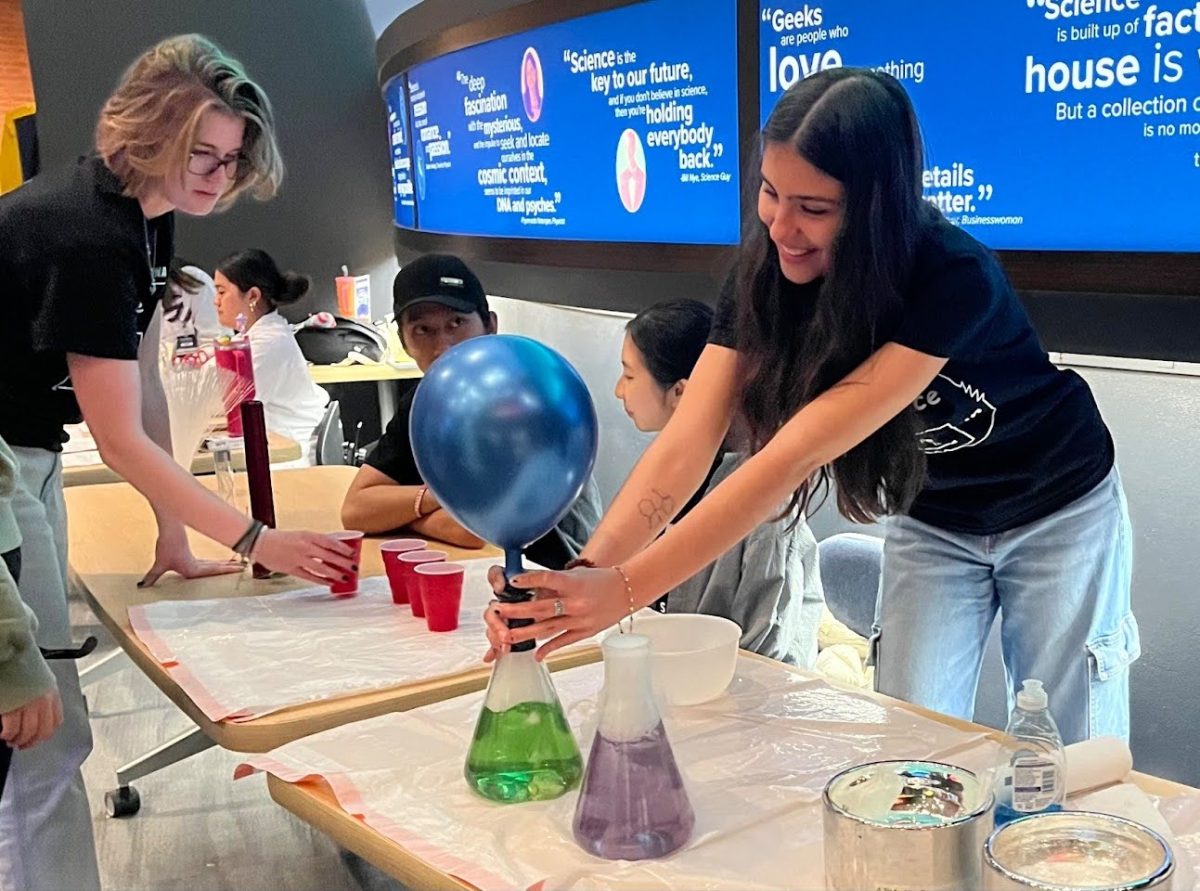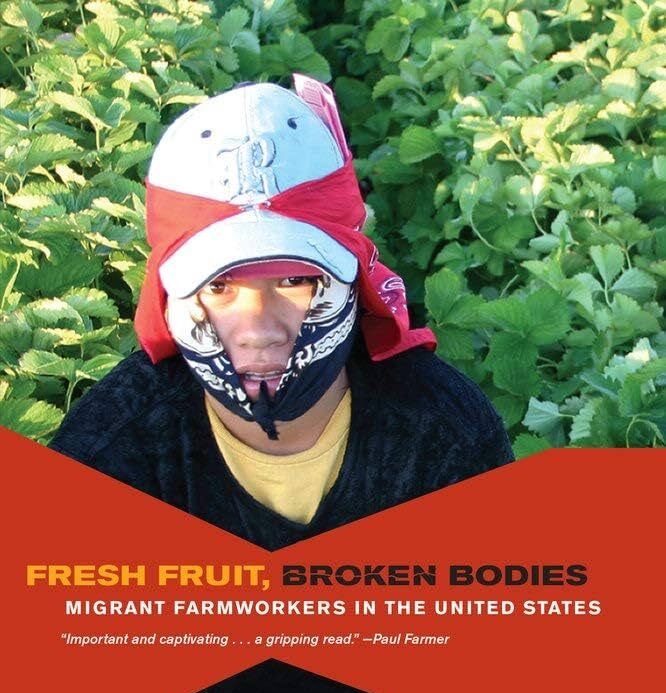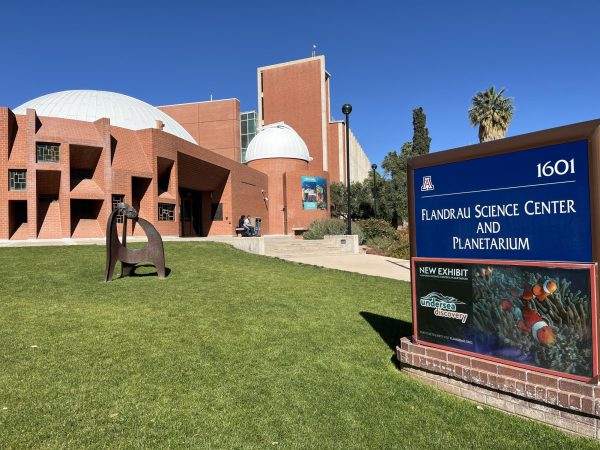The University of Arizona received a $2.5 million grant from the National Science Foundation this fall to initiate the eCAMINOS program at the Tucson and Yuma campuses.
This program aims to support financially disadvantaged aspiring engineering students throughout their academic careers.
According to the UA Collaborative for Engineering Education Research & Outreach website, eCAMINOS will fulfill its goals by providing need-based scholarships, support concerning strength-based engineering portfolios, dedicated mentorship from advising staff and access to experiences outside of the classroom.
The engineering pathway’s need-based scholarships will distribute up to $15,000 per year for each undergraduate student in the program’s small cohorts — up to 50 students. Those eligible to apply for this competitive program must also complete the Free Application for Federal Student Aid for every year of participation.
While some engineering students are still learning about themselves and how they connect to their education, this program’s use of portfolios highlights and celebrates what the student has to offer in engineering, according to Vignesh Subbian, associate professor of Biomedical Engineering at the UA.
“These portfolios help them see who they are — what their personal identities are — how it intersects with their professional identities and what kind of strengths that they bring to the table as students and as engineers,” Subbian said.
As such, the program helps to support the students’ abilities and passion, according to David W. Hahn, dean of Craig M. Berge and the College of Engineering.
“Those are assets and we want to take those assets and emphasize those assets to those students so that they build the confidence to say, ‘You know what, I can be an engineer,’” Hahn said.
In addition to supporting a student’s self-discovery, the portfolio also aids the broader development of their career.
Whether they consist of projects, professional work, design artifacts or community service, there’s a lot of agency in how these portfolios are personalized regarding a student’s interests, according to Subbian.
As the portfolios lead students to internships in their engineering discipline, mentors will also provide training on leadership and how to maintain and communicate these portfolios.
The eCAMINOS program could also help manage the financial and sociocultural factors that can limit engineering students.
For some UA students, there can be difficulties surrounding the pay difference of internship opportunities when balancing full-time jobs, supporting their families and getting degrees.
According to Samuel Peffers, professor of practice in systems and industrial engineering and director of engineering programs at the UA in Yuma, eCAMINOS alleviates this problem.
“The scholarship helps resolve that dilemma for the student by providing a very substantial amount of funding; the student isn’t forced to choose between an enriching educational experience and standard of living,” Peffers said.
There’s also the consideration of the historically underrepresented first-generation students who don’t succeed at the rate of non-first-generation students, according to Hahn.
“If you look at retention rates, 6 year graduation rates, first-gen students lag non first-gen students. So we want to, through programs like this, close that gap,” Hahn said.
Since the program intends to place students in internships around the third year, they’ve also teamed up with several industry partners in Arizona who want to help develop the next generation of engineers.
These applied industries aim to mentor students in training and then recruit them after the completion of their degree, according to Subbian.
Besides hoping to impact workforce development in Arizona through the eCAMINOS program, mentors and faculty also hope to influence broader education.
“We are hoping we will learn how to extend and apply the kind of support systems that we are providing to these students to the rest of the engineering students and potentially other disciplines as well,” Subbian said. “So we are hoping to share those ideas and lessons more broadly within the community and even nationally, through conferences and other professional meetings.”
Currently, the NSF grant will last for 5 years. However, those within the program hope to extend this funding over time.
“We’d like to be able to demonstrate that these students who are afforded this opportunity not only perform exceptionally well academically, they graduate on time and they compete very successfully in the most competitive sectors of the employment market. And through that, garner future funding to sustain this, to make it possible to bring a broader cross section of the population into the community of engineers,” Peffers said.
This program’s mission of educating and providing opportunities to broaden the engineering workforce and foster inclusivity also aligns with the university’s land-grant mission and its existence as a Hispanic-serving institution.
UA prioritizes providing accessible education to Arizonans — of this region and Yuma — and serving the Hispanic population, according to Hahn.















